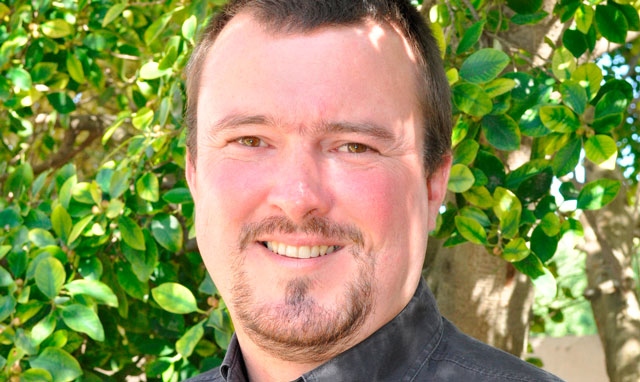
As a software architect and technologist I am actively involved in interrogating and analysing software products that cross my desk on a daily basis. It’s part of who I am. Download, play, crit, throw away or publicly announce the brilliant product that some propeller-head has created in his garage in a small town off the map. Doing this daily, I am still amazed at just how much power a smartphone can deliver with the right software.
We all know that the latest smartphones are exceptionally good at managing your complex daily life, allowing you to check your e-mails, connect to Facebook or Twitter, schedule your meetings, listen to music and watch movies. But what about filming an entire adventure on smartphones, in high-definition (HD), on motorcycles?
Well, that’s exactly what we did. My friend Wynand Louw and I headed off on two motorcycles from Cape Town on 23 October last year and travelled 6 085km in 14 days. Our journey took us through Gaborone, Francistown, Nata and Kasane in Botswana, on to Livingstone in Zambia, through the Caprivi strip in Namibia, back to Maun in Botswana, through Gobabis and Windhoek in Namibia and eventually returning to Cape Town.
There were three pieces of technology that we could not do without on this trip: my faithful Garmin Zumo 550 GPS navigation system, my iPhone4 and Wynand’s Samsung Galaxy S2.
Although the iPhone 4 records at a resolution of 720p at up to 30 frames per second, I was not convinced that this would suffice given the fact that, well, it’s a mobile phone. By contrast, the Samsung Galaxy S2 records at 1080p and also at up to 30 frames per second.
Some of the greatest challenges with working with devices like these relate to picture quality, frame-rate, iris settings, white balance, wind noise, built-in memory and, most importantly, the lack of optical zoom. Digital zoom is great to bring the idea of something closer, but the closer you zoom the more pixelated the image becomes until the point where the image becomes a ghastly array of multi-coloured blocks that represent some sort of abstract art.
Check out our video here:
Being an owner, iOS developer and user of the iPhone 4, I am familiar with how Apple likes to restrict you to the basic functions of the device. This approach ensures a smooth, slick and highly reliable user experience. There are a variety of settings available through third-party software that allows you greater flexibility. However, the built-in core features list does seem to err on the side of being a tad inflexible.
In contrast, I was suitably impressed with the capability of the Samsung Galaxy S2. The built-in software features allow you to control just about everything related to video capture, from exposure to frame rates and resolution. The most noticeable downside of the Galaxy is the video image quality, which does not appear to be in the same league as the iPhone 4, even at the higher 1080p resolution.
What is most astounding about both devices is how well the “point-and-shoot” process really works. The autofocus, auto white balance and sensitivity of the microphone make for impressive results. Combine this with a little editing touch-up and you get a pretty decent outcome. And all this thanks to software that is working hard behind the scenes.
The quality is not as good as the GoPro camera league, and definitely not in the league of proper HD video cameras, but for an “in-your-pocket” device, you can create the most remarkable videos.
It was never our intention to create a documentary of our adventure, but with three hours of raw footage and several interviews in the bag it made sense to try something that very few people have done — produce an HD documentary using the footage we captured on our mobiles.
I decided to tackle this using only free applications to determine exactly what is possible with smartphones and free editing software. With any new MacBook, you get iMovie included in the deal. It is not in the same league as Adobe Premier or Final Cut Pro, but for an out-of-the-box app it supports enough to put a story together if you know what you are doing. It supports a variety of effects and allows you to adjust the audio and video post-capture. Unfortunately, without the proper video equipment, you will always end up with some audio and video problems and wind noise at times.
Still, my hat goes off to the software developers who churn out code on a daily basis to make all of this possible.
- Craig Neill is chief technology officer at local software development house DVT

